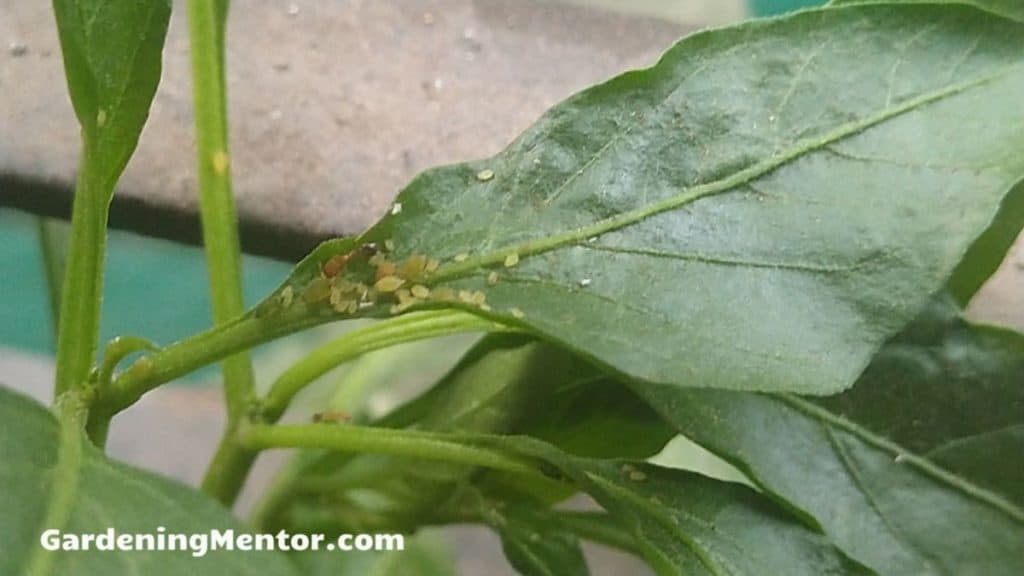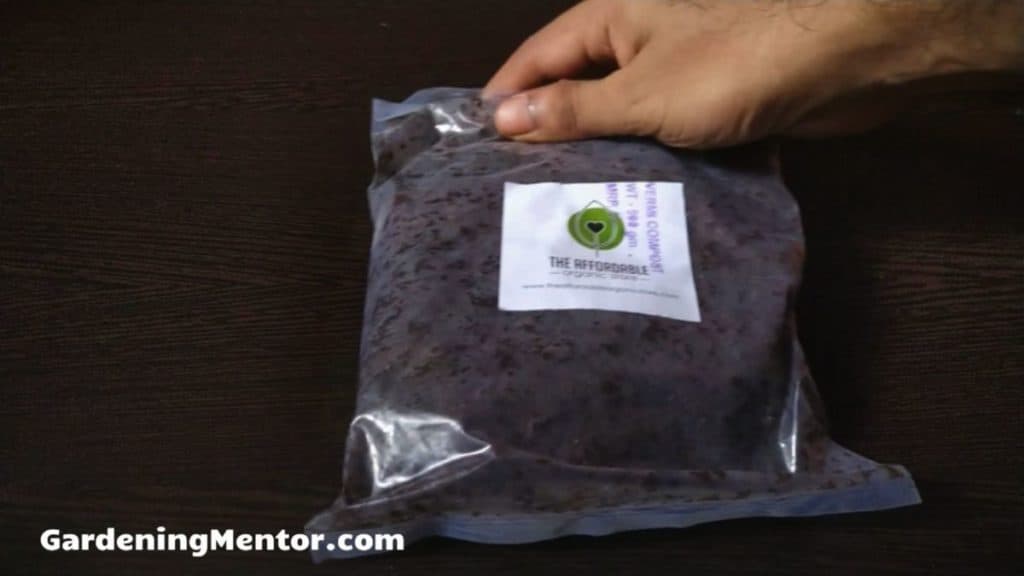The rhododendron is an amazingly beautiful flowering plant to grow in the garden. But I started seeing browning of some of the leaves. I wanted to know what is the problem and how I could fix it.
Your rhododendron leaves are turning brown because they are lacking sufficient moisture. You may be underwatering or overwatering the plant causing the leaves to wilt and turn brown as they dry up. The leaves may also turn brown due to intense sunlight or cold winter winds.
I’ve written a lot more details below that will help you narrow down the problem if you are seeing your rhododendron leaves turning brown as well.
1. Too much heat
If the rhododendron plant is getting too much heat in summer, the leaves will get scorch burn and start turning brown. This is an easy issue to fix as you can protect the plant from the sunlight.
You can place a sunblock that will provide some shade to the plant. If you’re growing in a container, you can move it in a place with partial shade.
If you’re starting to grow a rhododendron remember that it’s better to plant them in a spot that has partial shade such as behind a tree or a wall.
2. Strong cold winds
This is a problem you may face in the winters especially if you live in a flat area or your rhododendron is planted in a balcony. The cold winds tend to dry the moisture from the leaves.
The plant is unable to get enough moisture from the roots due to the cold and this causes the leaves to conserve the moisture. But some parts of the leaves will start turning brown.
The best solution to this problem is to protect your plant from the wind by using a wind block. Or you can grow the plant in a location that is protected by a tree or wall from strong winds.
3. Late freezes
It happens that the days are warm and your rhododendron plant is growing well but suddenly there are some late freezes causing a fluctuation in the temperature. The stress from such a rise and drop in the temperatures will cause the leaves to curl up and turn brown.
You don’t need to worry about this if it’s just a problem for a few hours as the leaves will bounce back and become healthy again. But if the problem keeps occurring for many days, you need to protect the plant by using a row cover at night.
Make sure to remove the row cover in the morning so the plant can get enough sunlight, aeration and does not get too hot.
4. Lack of water
One of the most common problems with rhododendron and other plants in the garden is the lack of water. This could happen either because the soil texture is not good and drains the water. Or the weather is too hot that drains the moisture. Or you’re not watering the soil well enough especially when growing in a container.
The lack of water means the roots are unable to provide nutrients and moisture to the plant. And this will cause the leaves to turn brown and wilt.
I suggest checking the moisture in the soil every day near the rhododendron plant. Stick your finger 1-2 inches in the soil and check if the tip of your finger feels moist. Otherwise, you need to water the soil.
If you’re busy or travel and can’t keep a check on the soil you can invest in a soaker hose or drip-irrigation system that can be set with a timer. You need to ensure that the plant gets about an inch of water every week. You may need to increase the level of watering when the temperature gets too hot in summer.
5. Transplant shock
If you bought a rhododendron seedling from a local nursery or garden center you need to be careful when transplanting it to your garden. If the plant gets stressed due to the transplant, it will tend to grow poorly and you may see browning of the leaves.
I suggest hardening the plant before you transplant it outdoors in the garden. This means you need to ensure the seedling gets used to the outdoor environment.
You can keep the seedling outdoors for 2-3 hours for the first couple of days. Make sure to keep it away from direct sunlight and winds. You can then keep increasing the time you keep the seedling outdoors every day.
After a week, you can transplant the seedling to your garden as it has gotten comfortable in the outdoor environment and won’t suffer from transplant shock.
6. Pests
Pests are an occurrence in every garden and they will visit yours at some point. If there are a few pests, they don’t do much harm and you can ignore them. But when your garden has an infestation, your plants will suffer.
The common pests that attack the rhododendron plant include mites, Gall Midge fly, vine weevil, aphids, and lace bugs. Some of these pests like aphids will suck the sap from the leaves causing a lack of nutrients in them. And this will start turning the leaves brown.

Some other pests like vine weevil will eat away at the stems causing a lack of nutrients in the leaves and turning them brown.
I recommend using organic methods to get rid of pests on your rhododendron plant. The best solution is to attract beneficial insects like lady beetles, wasps, and lacewings to your garden. These attack the pests and get rid of them.
Another solution is to use an organic pesticide like neem oil or insecticidal soap. Spray the mixture as per the instructions on the leaves of the plant to get rid of the pests.
7. Diseases
Like pests, diseases can attack the plants including rhododendron in your garden. The most common problem you may face is root and crown rot.
This fungal issue occurs because you are either overwatering the plant or the soil has got compacted by people or animals walking over it. The excess water drowns the shallow roots and crown of the plant causing them to rot.
Since the roots are unable to provide nutrients to the plant, the leaves will turn brown. They will become droopy and may fall off.
You can dig a little in the soil and if you see the roots and crown are black and soggy in texture, that’s a sign that they are affected by root rot. The solution to the problem is to cut off the infected portion of the plant and move it to another location. If the infection is too severe, you may not be able to save your plant.
Some other fungal problems that your rhododendron may face include dieback that occurs due to the Botryosphaeria dothidea. This disease attacks the branches and leaves of the plant causing them to dry and turn brown.
They may also face problems from leaf spot that will start with small spots on the leaves that increase in size. Eventually, the leaf turns brown and will fall off.
The best solution to deal with such fungal problems is to keep the leaves free from moisture. A moist environment encourages such fungal issues on the plant.
When you’re watering the plant make sure not to splash water on the leaves. If you do get some water on the leaves, clean them out.
Another source of these diseases if from the soil so avoid splashing it. I recommend adding mulch near the base of your rhododendron plant. The mulch helps keep the soil moist longer and prevents the soil from splashing on the leaves.
8. Herbicide poisoning
I don’t recommend using chemicals in your garden but there might be some instances where you need to use them. If you do use herbicide, make sure to follow the instructions and use the right amount.
If you use an excess of such chemicals, there is a chance that the plant’s roots absorb the herbicide causing them to get poisoned. The first impact of such an issue is on the leaves that will start turning brown and dying.
You might not be able to save your plant if the poisoning is too much. But if the issue is minor, you can get rid of the excess chemicals by flushing the soil several times with clean water.
9. Over-fertilization
Similar to using herbicide, if you add too much fertilizer to the soil near your rhododendron plant, this will cause a build-up of the chemicals an salts.
There’s a good chance that such excess of the nutrients like nitrogen will cause the plant’s roots and leaves to burn causing them to turn brown.
I recommend avoiding using chemical fertilizer as it’s easy to create this issue with it. If this issue has occurred, you need to flush the soil many times with water so that the excess nutrients can leach out of the soil.
10. Roots planted too deep
The rhododendron plant has shallow roots and you need to keep a portion of them above the ground. If the roots are planted too deep, they don’t get the required aeration.
The stressed roots won’t be able to provide nutrients and moisture to the plant including the leaves causing them to turn brown.
Make sure to inspect the roots when planting the rhododendron seedlings in your garden or container. Keep a portion of the roots exposed to the air.
11. Poor soil
The rhododendron plant likes to grow in a loamy soil. This means it should be light with good aeration. It should retain enough moisture but drain out the excess.
If the soil contains too much sand, it won’t retain moisture for the plant. And if the soil contains too much clay, it will cause waterlogging and drown the roots. These issues will cause underwatering or overwatering and turn the leaves brown.
The other problem could occur if the soil is too acidic or alkaline. The rhododendron plant prefers slightly acidic soil with a pH of 6-6.5. If the soil is too acidic or alkaline, the plant cannot circulate nutrients well and causes leave to brown.
I suggest conducting a soil test in your garden before growing any plants. You can contact your Local Extension Service to get this done for a minimal cost.
The soil test will also show you if you need to do any amendments to the soil. If the soil is too alkaline, you can lower the pH by using iron sulfate. If the soil is too acidic, you can increase the pH by using limestone.
I recommend adding organic compost to the soil. This helps improve the texture of the soil as well as encourage beneficial microorganisms. The other option is to create a raised bed using the right soil. Or to grow in containers using good potting soil.


Fact Checked, Written, and Published by Kevin Rodrigues
Kevin is the founder of Gardening Mentor, a website that aims to teach people to grow their own food in a limited space. As a self-taught gardener, Kevin has spent several years growing plants and creating gardening content on the website. He is certified in Home Horticulture and Organic Gardening from Oregon State University. He has a Post Graduate Diploma in Horticulture and Landscape Gardening from Mumbai University.
Read more
